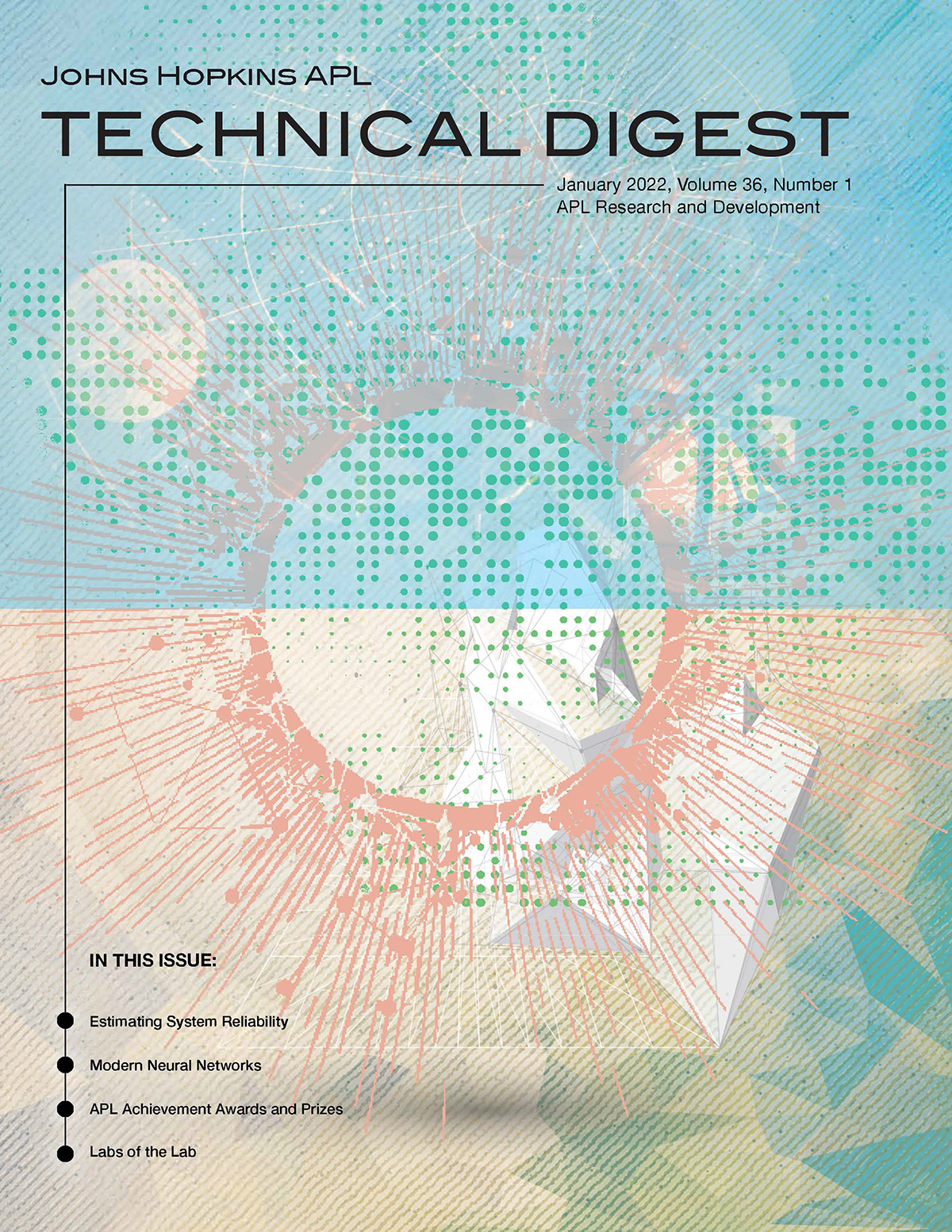Maximum Likelihood Reliability Estimation from Subsystem and Full-System Tests: Method Overview and Illustrative Examples
This article provides an overview and examples of a novel and practical method for estimating the reliability of a complex system, with confidence regions, based on a combination of full-system and subsystem (and/or component or other) tests. It is assumed that the system is composed of multiple processes, where the subsystems may be arranged in series, parallel, combination series/parallel, or other mode. Maximum likelihood estimation (MLE) is used to estimate the overall system reliability based on the fusion of system and subsystem test data. The method is illustrated on two real-world systems: an aircraft-missile system and a highly reliable low-pressure coolant injection system in a commercial nuclear-power reactor. The examples demonstrate the following properties of the method: (1) Increasing the number of full-system tests improves the confidence in the full-system reliability estimate. (2) Increasing the number of tests of one subsystem stabilizes the subsystem reliability estimate. (3) The likelihood function and optimization constraints can readily be modified to handle systems consisting of repeated components in a mixed series/parallel configuration. (4) A normal distribution approximation for computing confidence intervals is not always appropriate, especially for highly reliable systems. (5) Performing a mixture of full-system and subsystem tests is important when the model that relates the subsystem reliability to the full-system reliability is uncertain.

